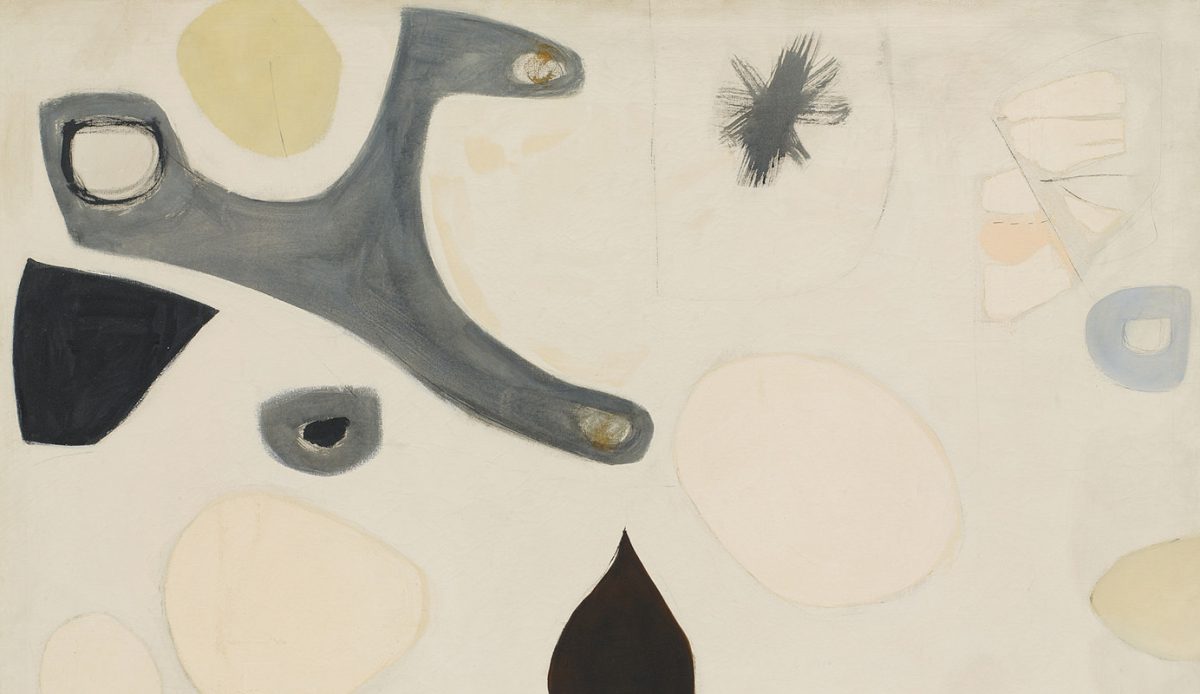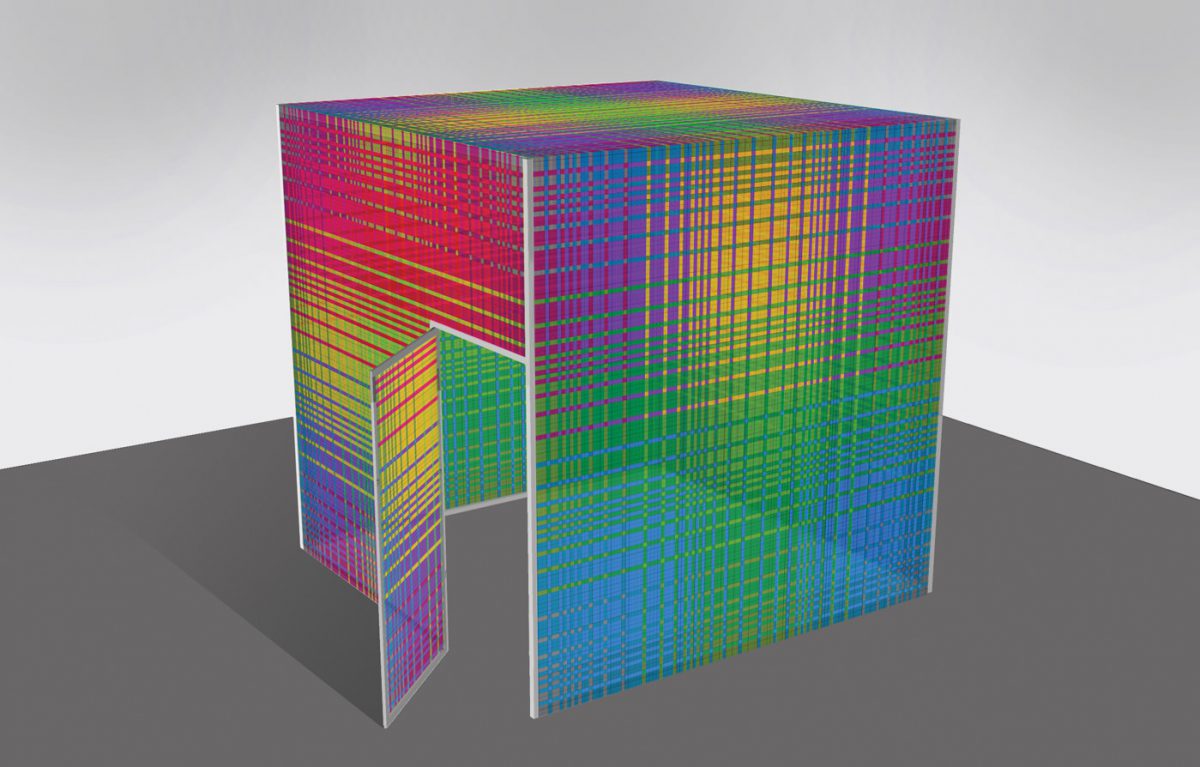DIANE ROSENSTEIN GALLERY
Eben Goff is at once a formalist sculptor, an explorer of material and process, and a poetic evocateur who gives an ecological spin to land art. With such a range of concerns driving his work, it’s no surprise Goff engages a wide variety of forms and materials in his art, working on larger and smaller scales (sometimes at once). In fact, Goff’s show of mostly three-dimensional objects was augmented crucially by several large-scale photographs (most black and white) of the Montana high desert. These images turn out to be documents of a “performance” Goff realized, moving a sculpture—Arc, the largest in the show–across two open-pit copper mines. Arc is what its title infers, a looming, roughly elegant solid wooden curve mounted on wheels that has aged well but quite evidently. Indeed, age and decay flicker about Goff’s sculpture—but so does a shiny newness, almost as if these compound wood-metal-stone objects are struggling to maintain their vitality against the inevitability of wear. This gives these attractive yet ungainly free-standing and wall-mounted presences a pathos rather different than the sabe no wabe aesthetic; instead of privileging the worn, Goff privileges transition. The most obviously performative (and least readily attractive) works in the show are composed of seemingly brand-new aluminum struts around which debris fished from the Los Angeles River has been twisted, as if the most elegant dinnerware had sunk itself into fetid pasta. These funky fishing expeditions are oddly obvious for Goff, but in their coarse polarity they cue us to his investigation of gunk and sheen.










